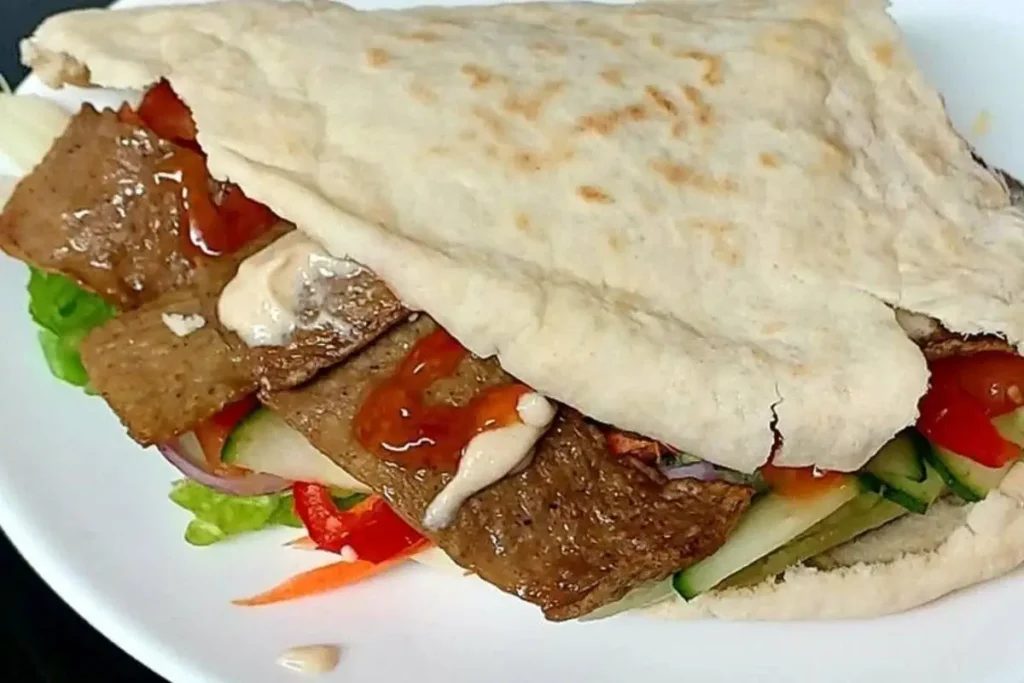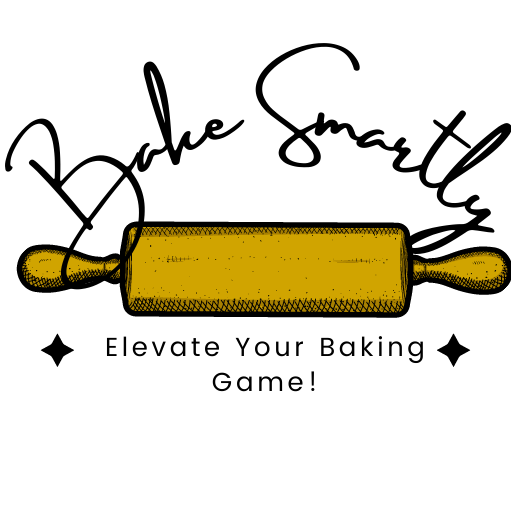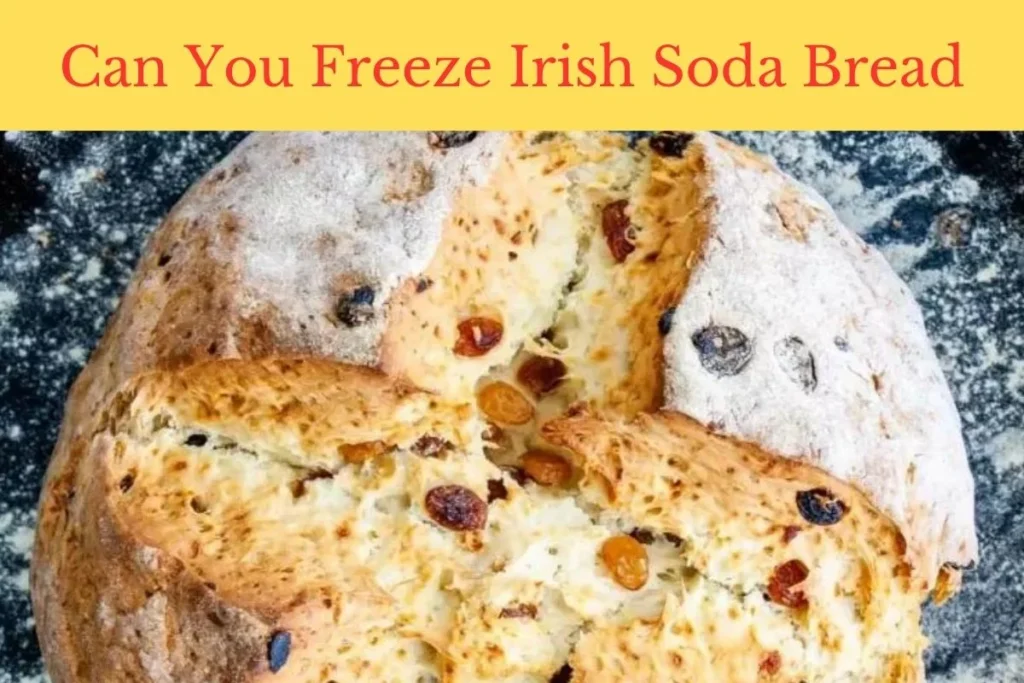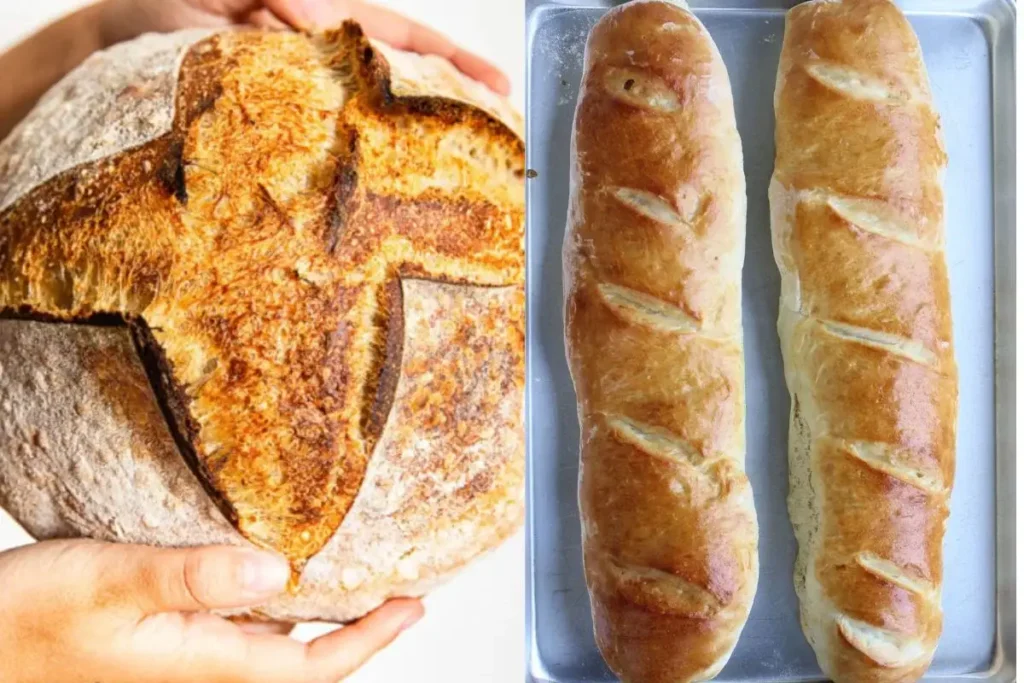
What is the Difference Between Naan Bread and Pita?
When you’re checking out different kinds of bread, Naan and Pita are usually top picks. Even though they might look similar, there are unique things about each of them.
In this blog we dig into where they come from, how they’re made, what they look like, and more to figure out what makes Naan bread different from Pita.
Table of Contents
ToggleOrigins and Cultural Significance of Naan Bread and Pita
The amazing world of global cuisines is filled with different types of bread, and two big players are Naan and Pita. Let’s dive into their stories, exploring where they come from and why they matter in our food culture.
Naan Bread: A Taste of India
Originally from the Indian subcontinent, Naan has a long history in the region’s cooking. It goes way back to the 16th century, during the time of the Mughal empire. The name “Naan” comes from the Persian word “non,” which just means bread. At first, it was a fancy treat for royalty, but as time passed, it became a regular part of Indian homes and an important piece of the country’s food scene.
To make Naan, you mix up a leavened dough using things like all-purpose flour, yogurt, and yeast. It’s usually baked in a tandoor, a clay oven that gives the bread a unique smoky flavor. Naan isn’t just a side dish – it’s a cultural symbol often linked to big gatherings and celebrations in India.
Pita: A Taste of Middle Eastern Tradition
In the Middle East, Pita has been a food staple for ages, going way back in history. The word “Pita” comes from Greek and means “flat” or “broad.” What makes Pita stand out is the pocket that forms while it bakes – the high heat makes the dough puff up. This pocket makes Pita super versatile, perfect for stuffing with all kinds of ingredients.
Pita isn’t just about being practical – it’s a big deal in Middle Eastern cuisine. You’ll often find it paired with dishes like falafel, shawarma, and kebabs. And there’s something special about tearing and sharing Pita; it’s all about community and bringing people together around the table.

Ingredients and Preparation Methods of Naan Bread and Pita
Naan bread and pita are two popular types of flatbreads that have originated from different parts of the world, yet share some similarities in their ingredients and preparation methods.
Naan Bread
- Ingredients: The magic of Naan lies in its simple yet carefully chosen ingredients. A classic Naan recipe calls for all-purpose flour, yeast, yogurt, milk, and a pinch of salt. Yogurt not only adds a subtle tanginess but also contributes to the dough’s soft and airy texture. The real magic happens during fermentation, where the yeast works its wonders, giving the Naan its characteristic pillowy consistency.
- Preparation Methods: Making Naan is an art passed down through generations. The ingredients are mixed to form a smooth, elastic dough, which is then allowed to rest and rise. Using a tandoor, a clay oven with high temperatures, is essential for achieving the iconic char and blistering on the surface. The dough is skillfully slapped onto the tandoor’s inner walls, puffing up and creating the perfect canvas for various toppings or just a brush of ghee.
Pita Bread
- Ingredients: Unlike Naan, Pita takes a minimalist approach to ingredients. Flour, water, yeast, salt, and a touch of olive oil are all you need. The absence of leavening agents gives Pita its unique unleavened quality. This simple combination results in a dough that, when baked, forms the distinct pocket that has made Pita a favorite for both street food and gourmet dishes.
- Preparation Methods: Making Pita involves a straightforward process. The ingredients are mixed to form a smooth dough, which is then divided and shaped into rounds. The high heat of an oven is crucial for the quick baking process. The intense heat causes the dough to puff up, creating the characteristic pocket, making it an ideal vessel for various fillings or a convenient accompaniment to dips.
Taste and Texture Comparison between Naan Bread and Pita
As we dive into the delicious world of comparing Naan bread and Pita, let’s not forget the important things that make any eating experience great—the flavor and feel.
Naan Bread
- Texture: Naan bread has a cool mix of softness and chewiness. The outside is a bit crispy, thanks to the hot tandoor, while the inside stays fluffy and tender. The fermentation process and yogurt give it an airy structure, making it a feel-good experience that’s not just about taste but also about touch.
- Taste: Naan’s taste is a great combo of rich flavors. Ghee or butter, usually brushed on top after baking, gives it a buttery richness. The yogurt adds a slight tang, creating layers of taste in every bite. Whether you’re pairing it with spicy curries or eating it solo, Naan’s flavor is bold yet flexible.
Pita Bread
- Texture: Pita goes for a different texture vibe. Its thinness and pocket-like setup make it stand out from the softer Naan. The outside is soft, and the inside, especially in the pocket, is tender but not as fluffy. Pita’s cool trick of folding without breaking shows its flexibility, perfect for holding various fillings.
- Taste: Pita’s appeal is in its neutrality. Unlike Naan, it doesn’t hog the spotlight with its own flavor. Instead, it’s like a blank canvas, letting the fillings or dips take the lead. The taste is subtly wheaty, giving a mild background that works well with a range of ingredients. Whether you’re teaming it up with falafel, hummus, or grilled meats, Pita adjusts and amps up the flavors it wraps.

Which is Healthier Pita Bread vs Naan Bread?
Choosing healthier foods often comes down to looking at their nutritional content. When we compare Pita and Naan bread, it’s crucial to break down what each brings to a balanced diet.
Pita Bread
- Nutritional Highlights: Pita bread keeps things basic with ingredients like flour, water, yeast, salt, and a bit of olive oil. This simplicity shows in its nutrition too. Whole grain versions boost its fiber, making it a heart-healthy choice. Pita’s low calorie count compared to Naan is because it doesn’t have extra fats added.
- Health Benefits: With moderate calories, Pita is a good pick for those watching their intake. The whole grain types, packed with fiber, help with digestion and keep you feeling full. Plus, no saturated fats align with a heart-healthy diet.
Naan Bread
- Nutritional Highlights: Naan is a flavor-packed delight with a softer texture, but it tends to have more calories, thanks to ingredients like yogurt and sometimes ghee or butter. The fermentation process adds to its great texture but might up the carb content a bit.
- Health Benefits: Naan isn’t lacking in nutrition. The yogurt brings in probiotics, supporting gut health. However, its richness means more fat, so it’s best enjoyed in moderation. Choosing whole wheat Naan boosts its fiber, making it a healthier option.
Making Smart Choices: Your Health, Your Call
Deciding between Pita and Naan depends on your health goals and tastes. If you’re after fewer calories with added fiber, go for Pita, especially the whole grain kind. It’s versatile and works well for weight management or as a nutrient-packed base for meals.
On the flip side, Naan, with its cultural flair and yogurt’s probiotics, can fit into a balanced diet when enjoyed mindfully. Opting for whole wheat Naan strikes a balance between treating yourself and getting nutritional value.
Shelf Life of Pita Bread vs Naan Bread
When you’re looking into different types of bread, it’s important to think about how long they’ll stay good. Pita bread, with its minimal ingredients of flour, water, yeast, salt, and olive oil, boasts a relatively longer shelf life compared to Naan. It can hang around in your pantry for quite a while because it’s unleavened and has a basic recipe. Just keep it in a cool, dry spot, and it’ll stay soft and ready to make those handy pockets.
Now, let’s talk about Naan. It’s got a more complex mix with all-purpose flour, yogurt, milk, yeast, and sometimes ghee or butter. Because of these dairy elements and leavening agents, Naan doesn’t last as long. To stretch its shelf life, throw it in the fridge, but it’s best to enjoy it soon after making it to really appreciate its unique texture and flavors.

What Food To Serve With Naan Bread
Naan bread is more than just a sidekick; it’s like a blank canvas ready for culinary adventures. Whether you’re into classic Indian dishes or want to spice up your meals, Naan goes well with a variety of foods.
- For Curry Lovers: Naan and curry are a match made in food heaven. The soft and fluffy Naan is perfect for scooping up the flavorful sauces of different curries, from butter chicken to vegetable korma. Naan’s mild taste complements the spices, creating a tasty combo.
- Tandoori Delights: Naan is the perfect partner for smoky and charred tandoori dishes. Whether it’s tandoori chicken, paneer tikka, or kebabs, tearing off a piece of warm Naan and wrapping it around these grilled goodies adds a nice contrast, making your meal even better.
- Dips and More: Naan turns into a versatile snack when paired with various dips and chutneys. Whether it’s classic hummus or minty yogurt raita, the softness of Naan is a great match for the bold flavors of these condiments.
- Cheese and Herbs: Take Naan to the next level by melting cheese and adding fresh herbs. Whether you serve it as an appetizer or a side dish, this modern twist on traditional bread is a gourmet treat.
What Food To Eat With Pita Bread
Pita bread is awesome because it goes well with all sorts of dishes, adding its own cool texture and neutral taste to the mix. Check out this guide on what foods go great with this Mediterranean classic.
- Hummus and Dips: Pita and hummus are a match made in food heaven. The soft Pita is perfect for scooping up creamy hummus. Try it with tzatziki, baba ganoush, or Greek yogurt-based dips to mix things up.
- Shawarma or Gyros: Make a tasty wrap by stuffing Pita pockets with sliced shawarma or gyros. The soft Pita goes great with the savory meat, and the pocket keeps everything neat and tidy for an easy, mess-free meal.
- Falafel: Pita and falafel are a winning combo. Whether you stuff the Pita or have it on the side, the crunchy falafel and soft Pita texture create a satisfying contrast.
- Mediterranean Salad: Cut Pita into small pieces, toast them, and voila—croutons for your Mediterranean salad. You’ll love the mix of crunchy Pita with the fresh, crisp veggies.
- Grilled Vegetables: Pair Pita with grilled veggies for a tasty vegetarian dish. Pita’s neutral taste lets the veggie flavors shine, giving you a wholesome and satisfying meal.
Naan vs Pita Bread – Which Is Easier for Beginner Bakers to Make?
In the world of making bread, both naan and pita bread are popular choices, each bringing its own unique flavor and cultural significance to the table. For new bakers excited to start making their own bread, deciding between naan and pita might seem a bit overwhelming at first.
However, taking a closer look at what each bread is like can make the decision-making process easier.

Naan, a raised Indian flatbread, has a soft, pillowy texture with a slightly chewy feel. It gets its distinct taste and tenderness from using yogurt in the preparation. While naan traditionally needs a hot tandoor oven for the best results, home bakers can achieve similar outcomes using a hot skillet or oven.

On the flip side, pita bread, a staple in Middle Eastern cuisine, is an unleavened flatbread known for its pocket-like structure. The simplicity of pita’s ingredients—flour, water, yeast, and salt—makes it a great option for beginners.
The dough is quick to prepare, and the baking process involves high temperatures that create the characteristic pocket, making it a satisfying and versatile bread suitable for various fillings.
In the end, the choice between naan and pita for beginner bakers comes down to personal preferences and how much complexity you’re ready to tackle.
While naan offers a more intricate texture and flavor, pita’s straightforward preparation might be an ideal starting point for those taking their first steps into the world of bread-making.
What is the Difference Between Naan Bread and Pita? | Final Thoughts
In conclusion, the world of bread has a lot of variety, and Naan and Pita really stand out as iconic representatives of Indian and Middle Eastern food traditions.
Naan, with its rich history and complex flavors, shows off the lively and diverse nature of Indian cuisine. On the other hand, Pita, with its simple yet versatile pocket, has become a regular part of Middle Eastern meals.
Deciding between Naan and Pita depends on your taste preferences, nutritional values, and how easy it is to bake, especially for beginners. Both types of bread give meals a special touch with their unique textures and flavors, bringing cultural richness to the table.
So, whether you’re enjoying a curry with Naan or treating yourself to a Pita filled with falafel, appreciate the delightful diversity these breads bring to your dining experience.
Lindsey Mackenzie
About me
Hi there! I’m Lindsey Mackenzie, the founder of Bake Smartly. Baking has been my passion since childhood, growing up in my father’s bakery. With Bake Smartly, I’m excited to share my love for all things sweet and savory. Join me on this delicious journey as we whip up scrumptious treats and sprinkle joy into every bite!






